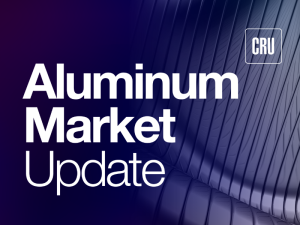
AMU: Cascade Die Casting to expand North Carolina site
CDC Atlantic already houses 13 die-casting machines (ranging from 900 to 1,600 tons), three on-site furnaces, and shot blasting capabilities.

CDC Atlantic already houses 13 die-casting machines (ranging from 900 to 1,600 tons), three on-site furnaces, and shot blasting capabilities.

Prysmian’s groundbreaking for a 650,000-square-foot, medium-voltage cable facility on Encore Wire’s Texas campus marks a big development in the aluminum wire and cable sector.
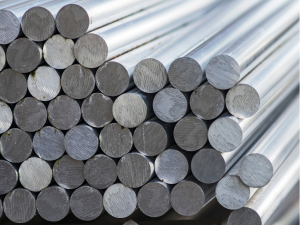
The moves include reciprocal procurement restrictions, import quotas, and the formation of stakeholder task forces for aluminum industries.
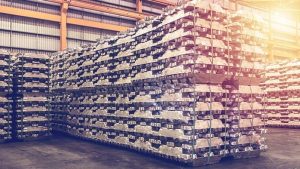
Hashing out duty costs

Some aluminum parts are being replaced by steel. And more manufacturers are salvaging what they can before sending vehicles to recyclers.

Just when we thought we’d get a breather from tariffs news, we’re back in the thick of it.

Late Friday, President Trump said he would double down on tariffs, raising duties on imported steel and aluminum from 25% to 50%.

What's going on in West Coast ports?

Rio Tinto is embarking on a major upgrade of the nearly century-old hydroelectric station in Quebec to secure low-carbon power for its aluminum smelters in the region.

Now the hard work starts on the Oklahoma aluminum smelter.

We keep hearing that there are backroom discussions about pitching a ban on used beverage containers (UBC) from the US.
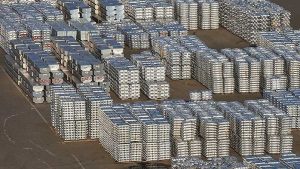
Since March 21 when UAE announced plans to invest $1.4 trillion in the US, including an aluminum smelter, the market has been waiting for details. Now, we have some.

Quotas featured in the UK agreement may show up in future deals.

This is the kind of partnership that stands out. A global trading powerhouse, a sharp and growing recycled metals producer, and a seasoned commercial team are coming together to reshape how recycled aluminum is processed and delivered to customers across the United States.

Longtime Steel Dynamics Inc. (SDI) executive Glenn Pushis will be retiring from the company to become CEO of Project Aero, a company that plans to build a titanium plant in North Carolina.

Tariffs, sanctions, and embargoes, oh my! And they’re hitting aluminum just as hard as steel. So join SMU on Wednesday, May 14, at 11 am ET (10 am CT) for a special Community Chat focusing on the impact of Trump’s trade policies on the aluminum market. We’ll bring you expertise from Aluminum Market Update (AMU), an SMU sister publication that’s scheduled to launch this summer.

Containers sailing from China in April are down 15%-20% and Hapag Lloyd says their future bookings transpacific are down 30%.

Container shipping lines have sharply increased blank sailings on Transpacific routes in response to escalating trade tensions between the US and China.

Representatives from bulk commodity shippers and consumer goods argued against the fees, saying it could cripple supply chains because of the very dominance that China has in the existing shipping fleet.

Operational results painted a picture of a company that produced more aluminum but shipped less of it as a result of tariffs and timing mismatches.

A week after "Liberation Day," the global economy got a 90-day “stay of execution.” The Trump administration hit the pause button on many of its broad tariff measures, with the exception of China.

A counterintuitive aspect of the 25% tariffs on autos is these percentages are measured in value, not by weight or part count. That means a few costly imported parts can outweigh dozens of cheaper local ones – and vice versa.

If you import aluminum products, here’s where things stand after President Trump's "Liberation Day."
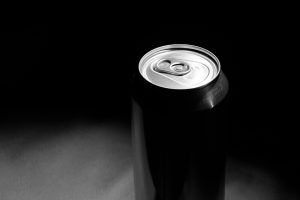
Announcing tariffs is easy. Implementing them at the border? That’s a whole different ball game.

The United Arab Emirates’ Emirates (UAE) Emirates Global Aluminum (EGA) announced plans to spend $1.4 trillion dollars in the US over the next 10 years, including a greenfield primary aluminum smelter. Is this real or another soundbite?

The aluminum market is facing a wave of uncertainty following the latest Section 232 tariffs, leaving many in the industry asking the same key questions – from why the Midwest Premium isn’t reacting as expected to how these tariffs will impact Canada, value-added products, and scrap flows – there’s plenty to unpack. We’ve put together […]

Let's take a look at different tariff scenarios.
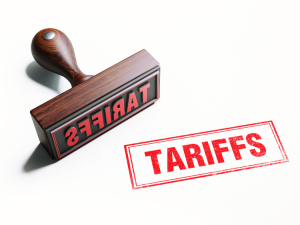
“CBP expects full compliance from the trade community for accurate reporting and payment of the additional duties. CBP will take enforcement action on non-compliance," the agency said in a March 7 bulletin.

Imposing country-of-origin duties plus the upwardly revised Section 232 duties would create an untenable value for Midwest P1020. Modeling the extreme outcome of 25% country-of-origin tariffs plus 25% Section 232 tariffs could put Midwest physical premiums as high as $0.65 per pound. No, that is not a typo: $0.65 per pound! Primary aluminum supply chains would rotate from importing Canadian aluminum to importing it from India, the Middle East, or other very distant origins. That is worrisome for manufacturers.

The demise of the VAT rebate system in China might be the most tangible sign that Beijing realizes that its unbridled access to global markets is over. There was no point in continuing a system of financial incentives to the export sector when the tariff headwinds were getting stronger.